Attendees learn about the capital campaign under a leopard spotted whale at the Natural History Museum in New York.
Photo Credit Chuck Zovko
Lafayette launched the next phase of a $400 million capital campaign with a kickoff event in New York City during Rivalry 150 weekend.
Held in the American Museum of Natural History under a life-size leopard-spotted whale, the event featured speeches, presentations and performances from various members of the Lafayette community that worked to generate excitement for the school’s most ambitious campaign ever.
The campaign, entitled “Live Connected/Lead Change,” will allow the college to improve three main components of the Lafayette experience.
“We want to strengthen the integration of liberal arts and engineering,” President Alison Byerly said. “We want to foster innovation in teaching and learning, and we want to create a stronger and more connected campus community.”
According to a publication outlining the goals of the campaign, initiatives to connect liberal arts and engineering, such as improvements and additions to academic facilities will amount to $130 million of the funds.
“Lafayette’s plans call for cutting-edge labs, smart classrooms, and public spaces that invite engagement between students and faculty members, and that offer flexibility as teaching styles and methods evolve,” the publication stated.
Plans supporting teaching and learning innovation such as the addition of faculty positions and increased resources for internship stipends and the EXCEL Scholars Program command $70 million of the capital raised, as stated in the publication.
To improve the campus community, $120 million of the campaign’s funds with be directed towards creating a new residential life program, athletics and increased assets for financial aid. Specifically, financial aid will receive half of the $120 million dollars.
“Attracting the best students is critical,” the publication said. “Additional resources for need-based aid and merit scholarship will make a Lafayette education more accessible to qualified students, regardless of income.”
Parts of the remaining $80 million will be dispersed between the Annual Fund and funds for emerging initiatives.
The campaign provides advantages to Lafayette that extend beyond having more funds to spend.
“There are two ways the community will benefit,” Byerly said. “One is in terms of specific concrete projects that will be completed and funds that will be added to support important objectives and initiatives of the college…The second benefit of a campaign is it gets the community an opportunity to think about the identity of the college and to feel a sense of sharing that vision.”
Driven by alumni donations, the campaign began a few years before the official launch of the campaign, during which time $236 million were raised.
“The capital campaign has what’s called a quiet phase and a public phase,” Byerly said. “What happened two weekends ago in New York was the launching of the public phase of the campaign, but what you might call the quiet phase really started several years ago.”
The public phase commenced at the New York City kickoff event held in conjunction with the Rivalry 150 weekend.
“At the kickoff event in New York a number of students and faculty did presentations and performances,” Byerly said. “Our alums and parents and supporters really love to hear about what students are doing and how they are benefitting from their Lafayette education.”
Many of the presentations highlighted interdisciplinary projects currently being conducted by students and faculty members.
Julia Guarch ’15 gave a presentation along with art professor Ed Kerns on their theater project Frankenstein 2029 that focused on it’s collaboration within many different disciplines.
“[The purpose] was to tell them what we’re doing but also try to foster that type of experience again,” Guarch said. “This is something that has never happened before at the college, at least in this magnitude where so many departments are getting together to make this one thing. We’re trying our best to make sure that’s going to happen again. For it to happen again, we need money and we need support.”
Director of the Engineering Division Scott Hummel presented with students from his class that focuses on interdisciplinary approaches to constructing race cars.
“The race car is just an example,” Hummel said. “It’s an example of the power that you can harness when you integrate multiple disciplines. It’s not that we’re going to invest all of this money [the campaign funds] into the race car team. It’s not Lafayette Motorsports…There’s a growing number of projects that are integrated across the college. The capital campaign gives us an opportunity to do it more systematically and more institutionally, so more students can get involved in these kinds of projects.”
For those in the Lafayette community, the campaign comes at an opportune time for the college.
“The campaign reflects Lafayette’s sense of itself as being in a position of strength at the moment,” Byerly said. “Lafayette has become a more national and international college over the last 20 years than it had been previously. It’s become a tremendously strong college and I think the campaign is really coming at exactly the right moment where there is a lot ambition and energy in the community.”





















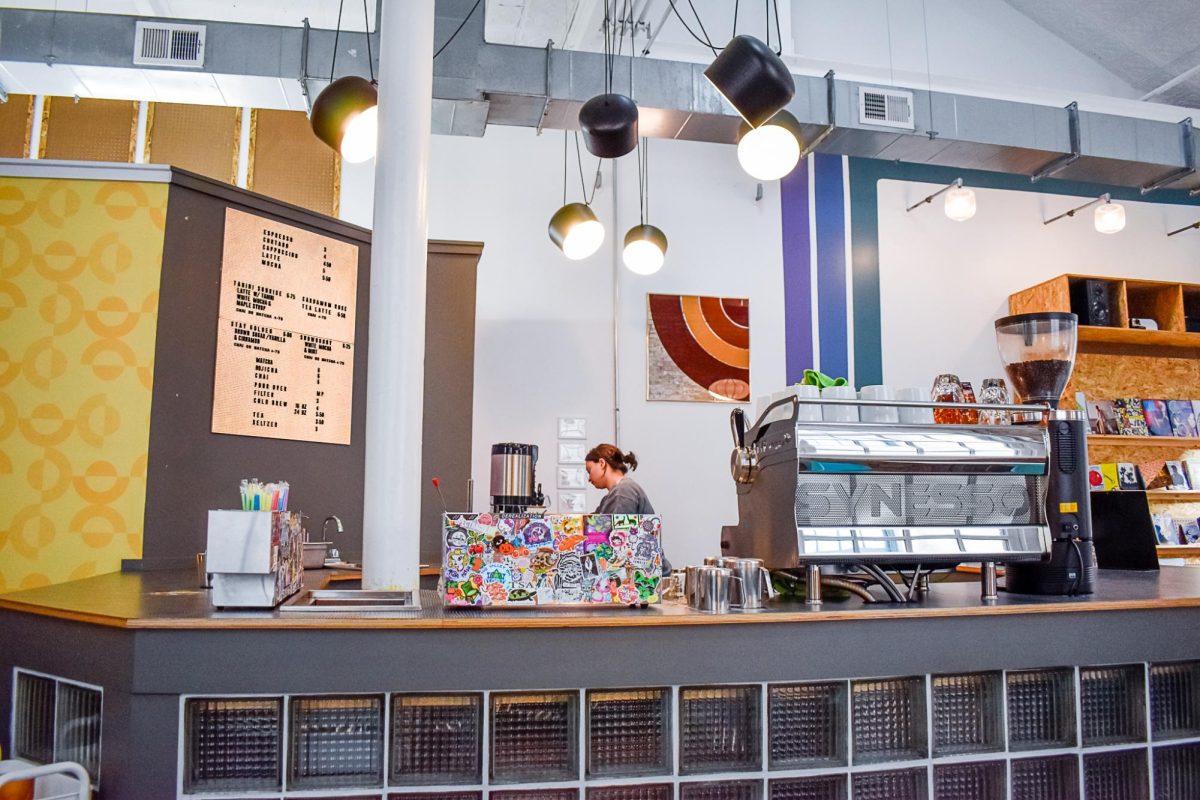









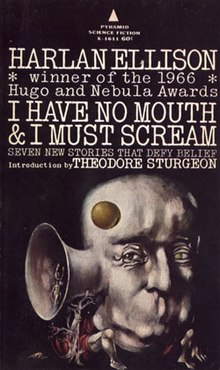
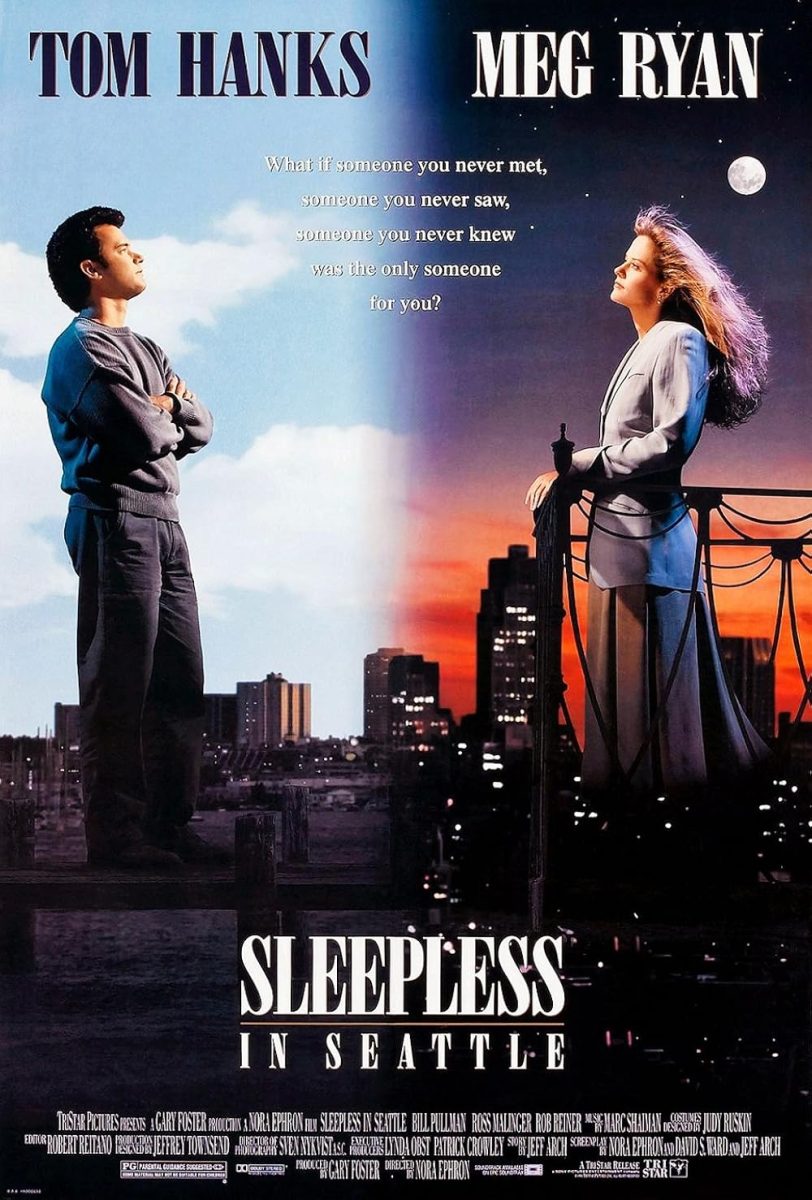




















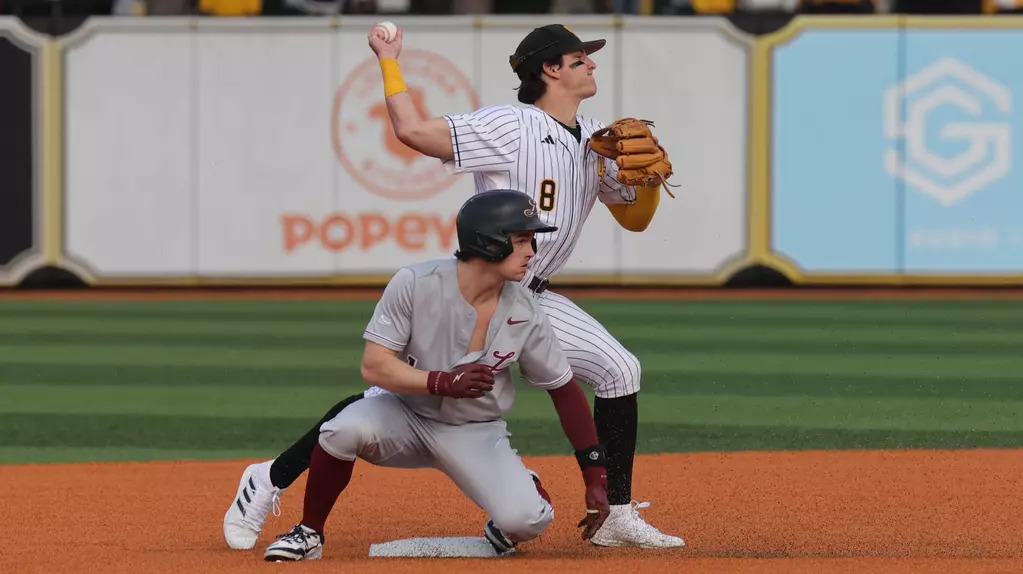














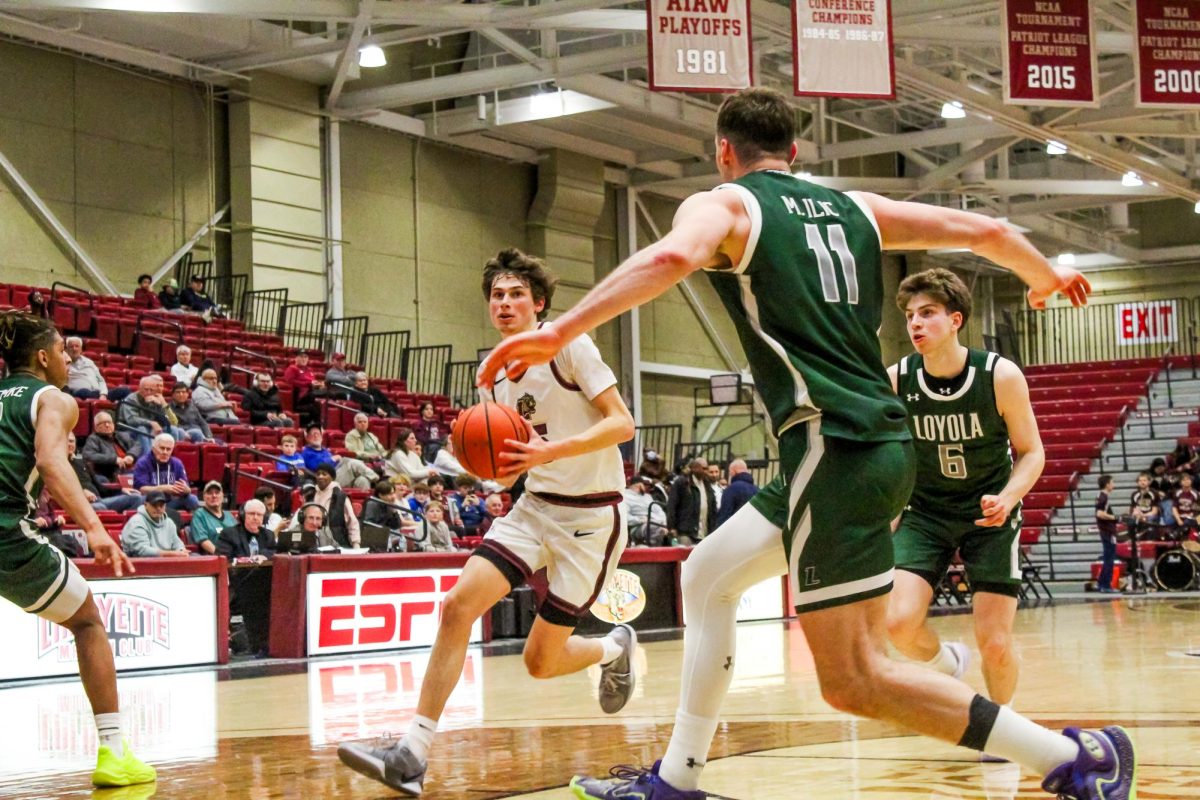

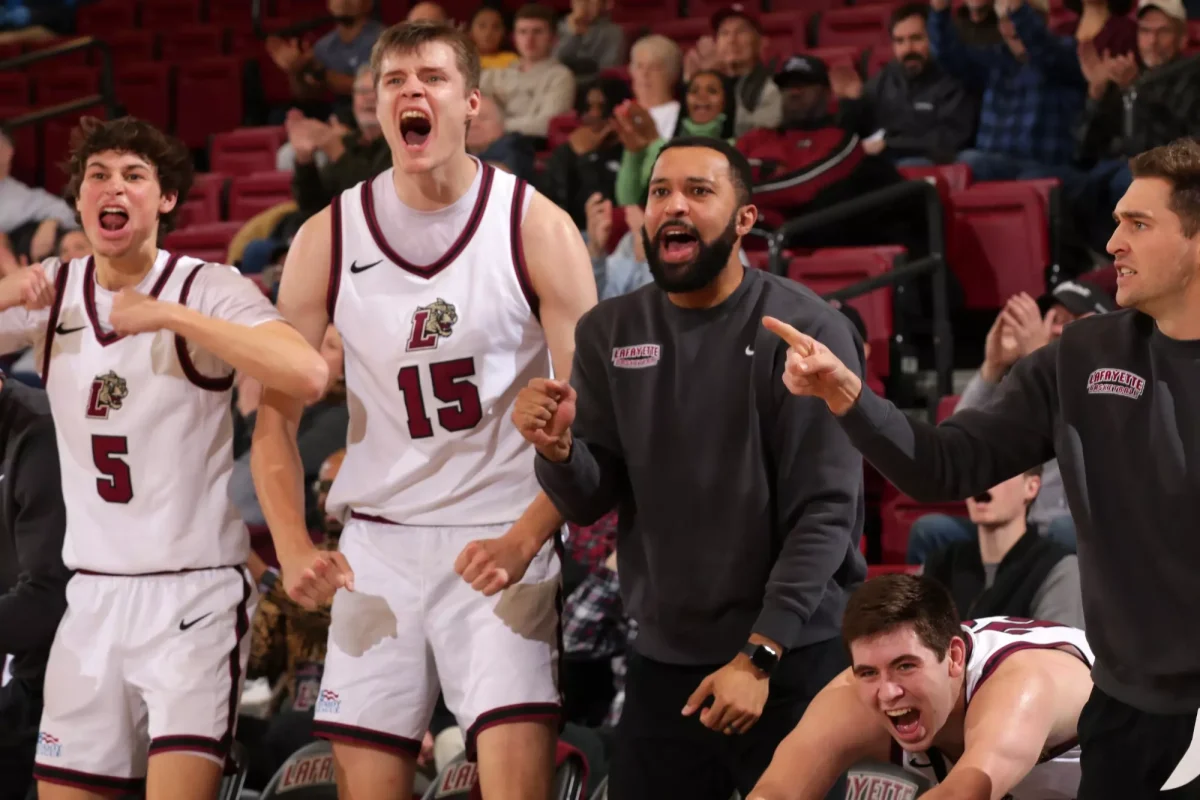





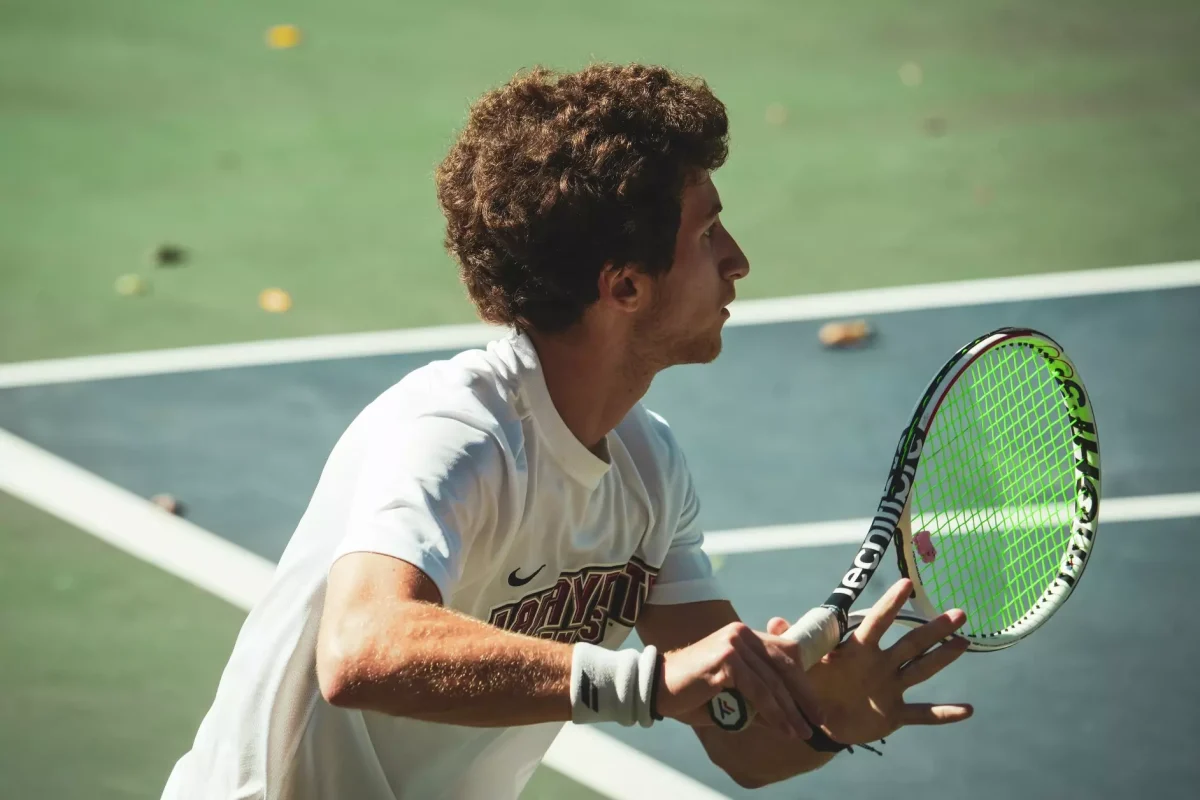
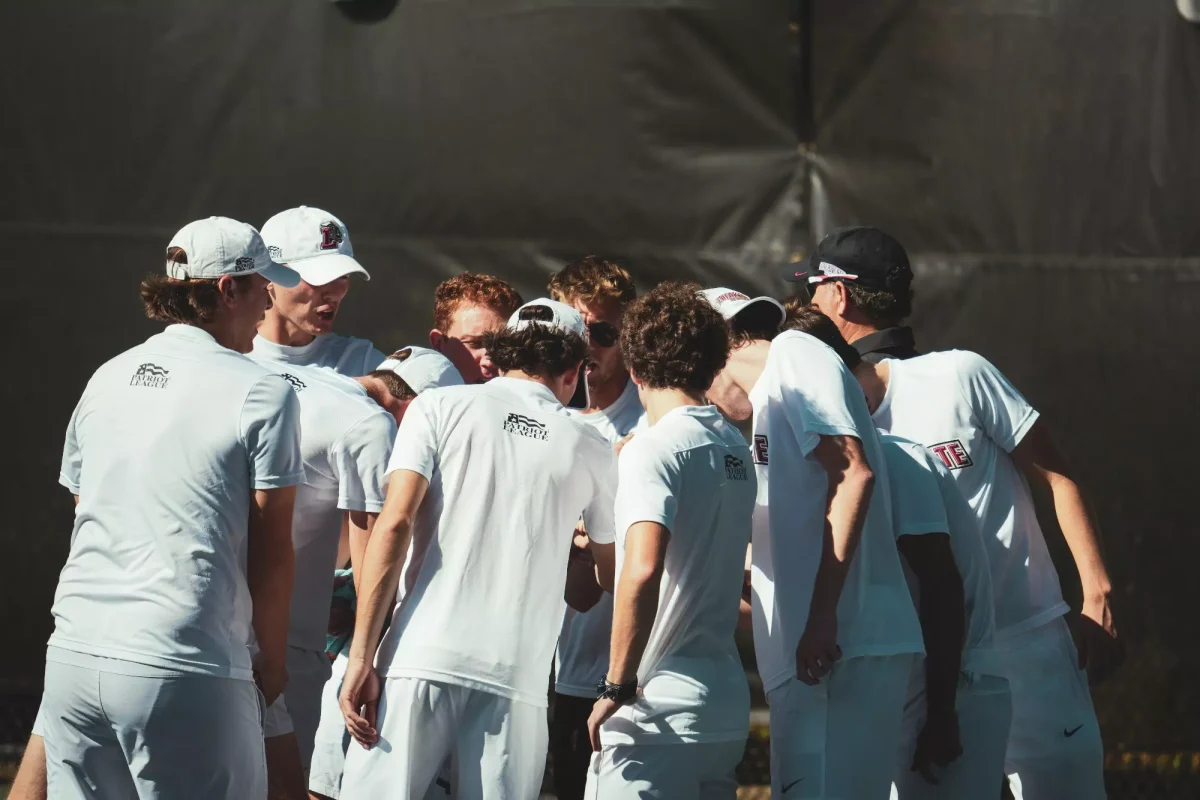






















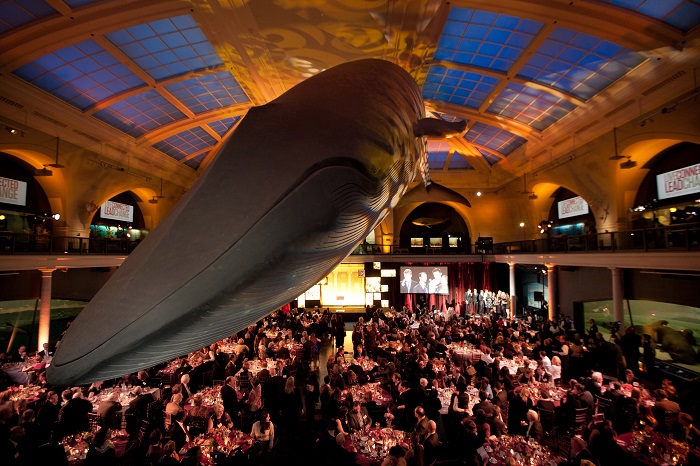
Lafalum • Jan 24, 2015 at 3:33 pm
I really hope no Greek alumni give a dime to the capital campaign. Their treatment of Zeta Psi and now DKE have been atrocious and this administration won’t stop there.